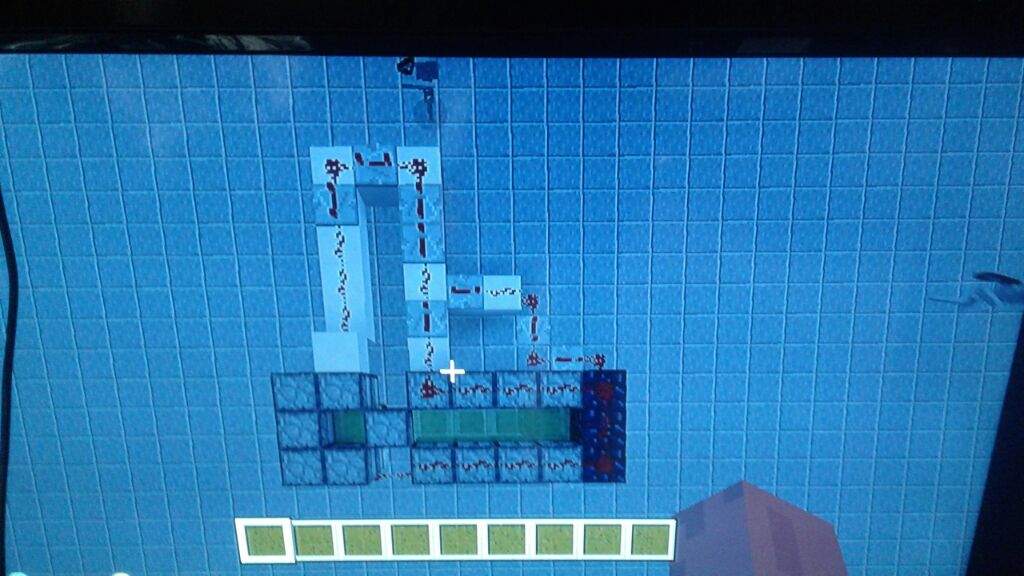

Reason: Spawn search rules have changed in 1.18 more biomes are available to spawn in. Please update this section to reflect recent updates or newly available information.


The world spawn point itself can be changed using the / setworldspawn command. The world spawn point also determines the center of the permanently loaded spawn chunks. If there are absolutely no grass blocks, the player spawns directly at the world spawn point, which can even result in players spawning above the Void if there are no blocks at that location. However, if there are no valid spawn points but a grass block that was determined to be an invalid spawn point due to being blocked by a block above it (though the grass block would decay soon after), the game checks the closest two free spaces from below and the player spawns there. Upon spawning, the player is placed on the highest valid spawn point block of the X and Z spawn coordinates, even if this would set the player above the maximum build height. When the player first loads into the world or respawns, the game searches within the world spawn area and tries to place the player on a random grass block. However, on the discontinued "Old" world type, the maximum spawn radius in 256 instead.īedrock Edition's new Respawn Radius interface. The maximum spawn radius is 99999999 but when rejoining the world, it resets to 128. When set to 1, the player always spawns on the northwest of those four blocks. When set to 0, the player spawns in the crosshair of four blocks. This area is 21×21 blocks by default in Java Edition or 5×5 in Bedrock Edition, but can be changed by the spawnRadius gamerule in both single and multiplayer.īedrock Edition's Respawn Radius setting interface. Upon death or return from the End dimension, the player respawns within this area unless the player's individual spawn point changed (by using a bed or respawn anchor, or the / spawnpoint command). New players initially spawn within a small area surrounding the world spawn point when the server is not in Adventure mode.


 0 kommentar(er)
0 kommentar(er)
